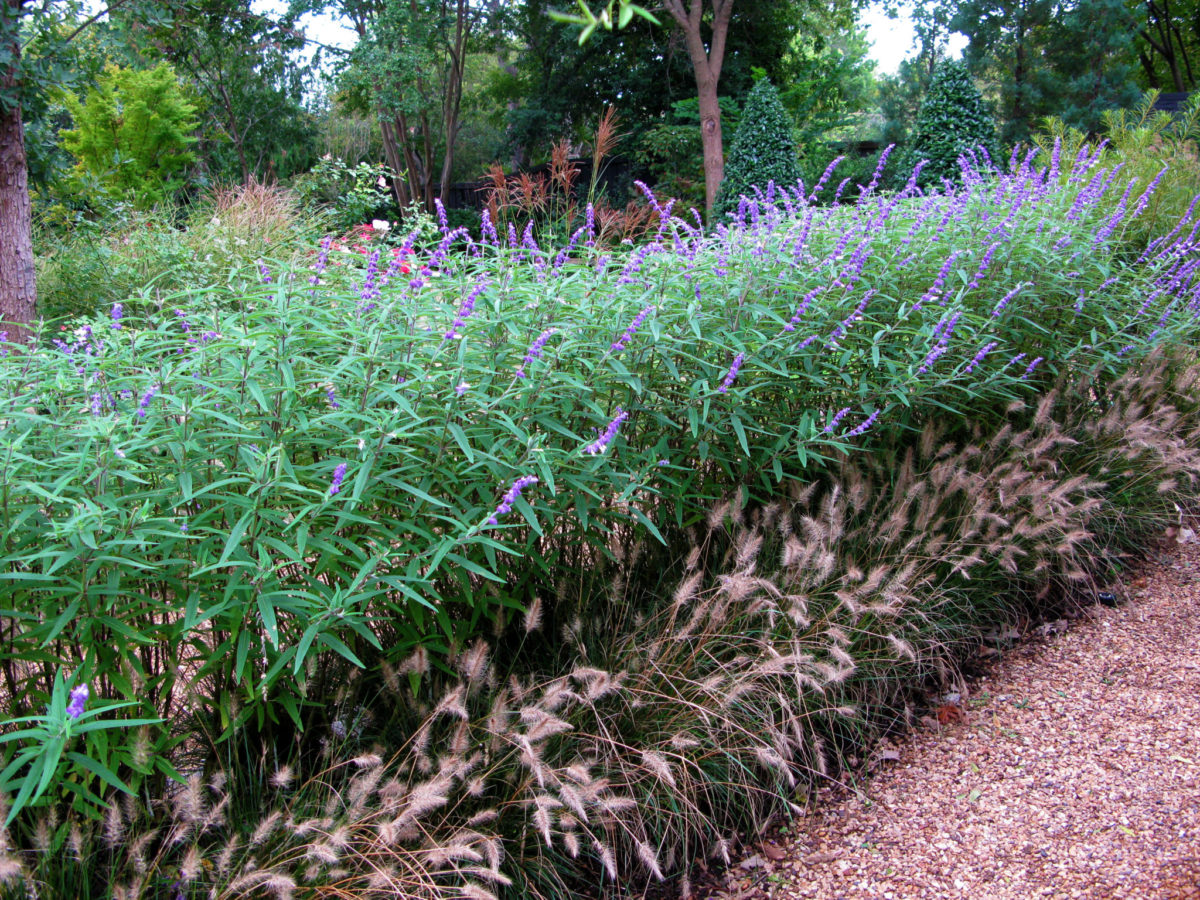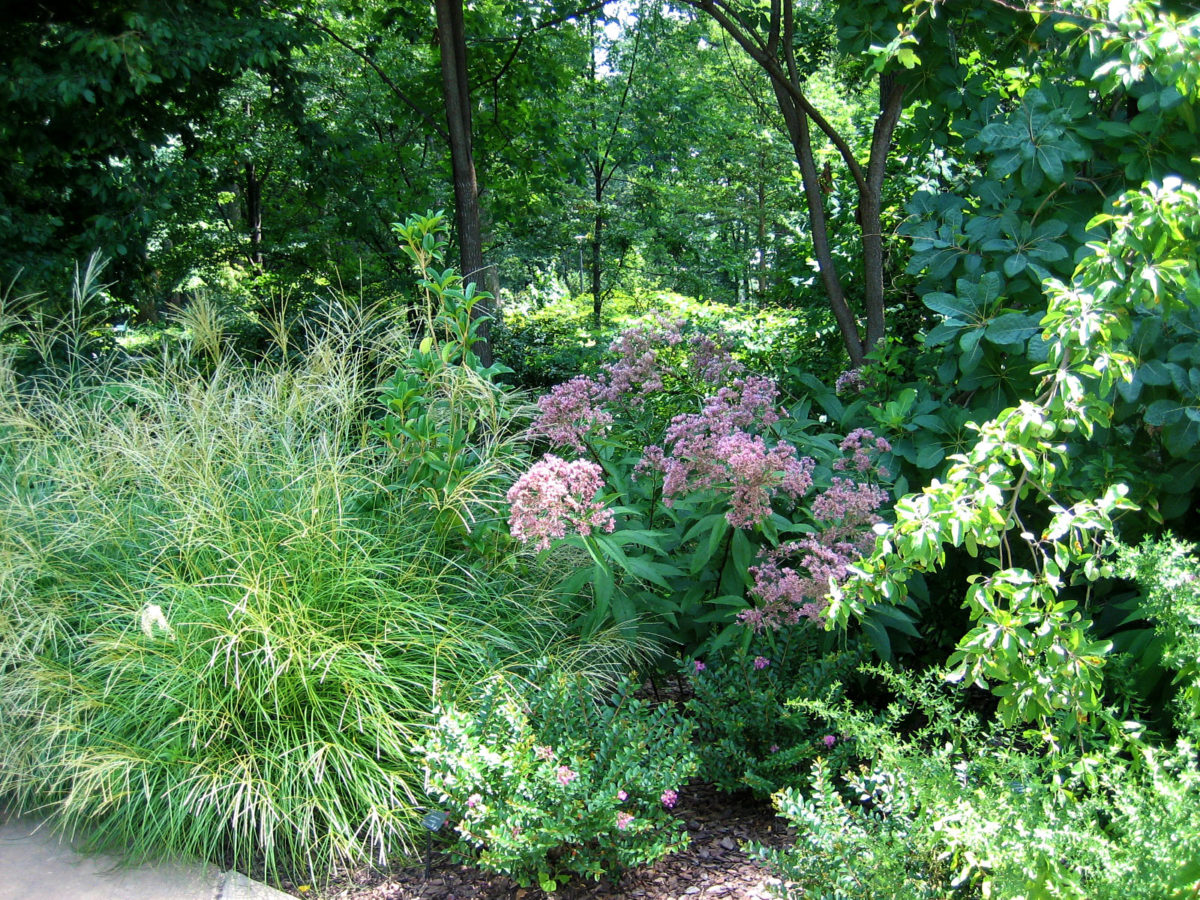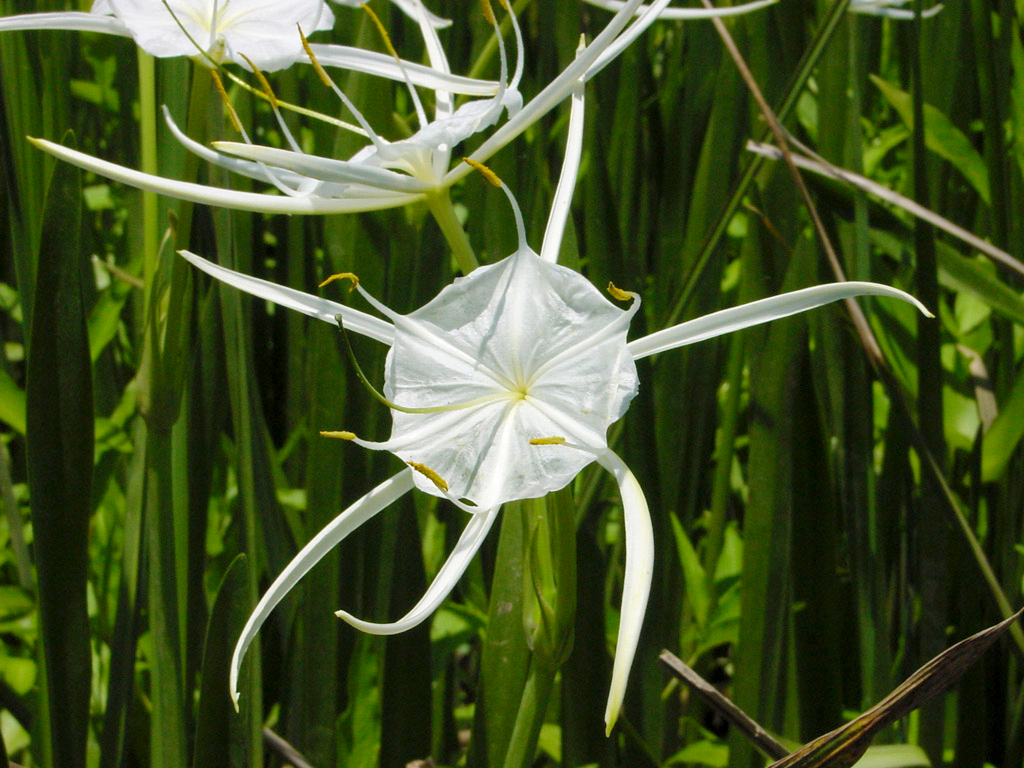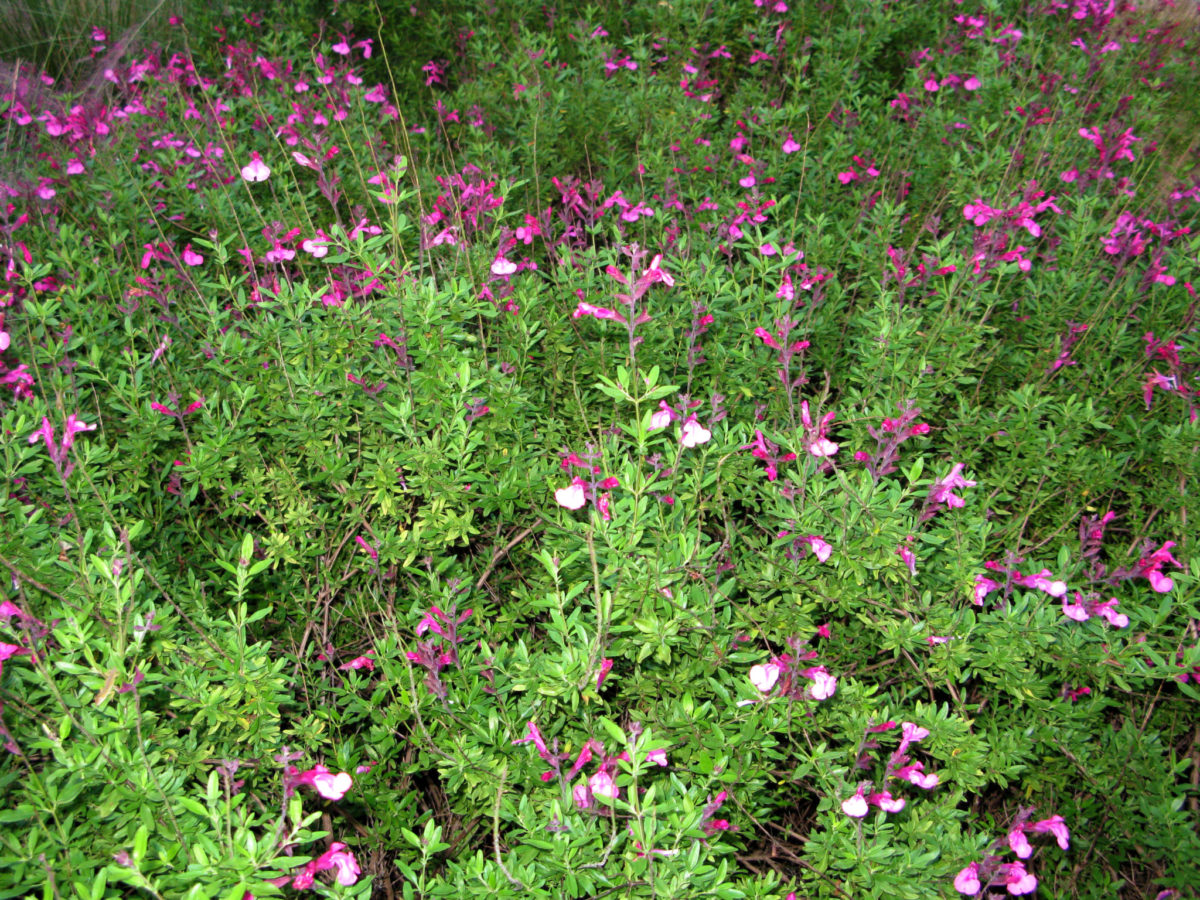Turk’s Cap
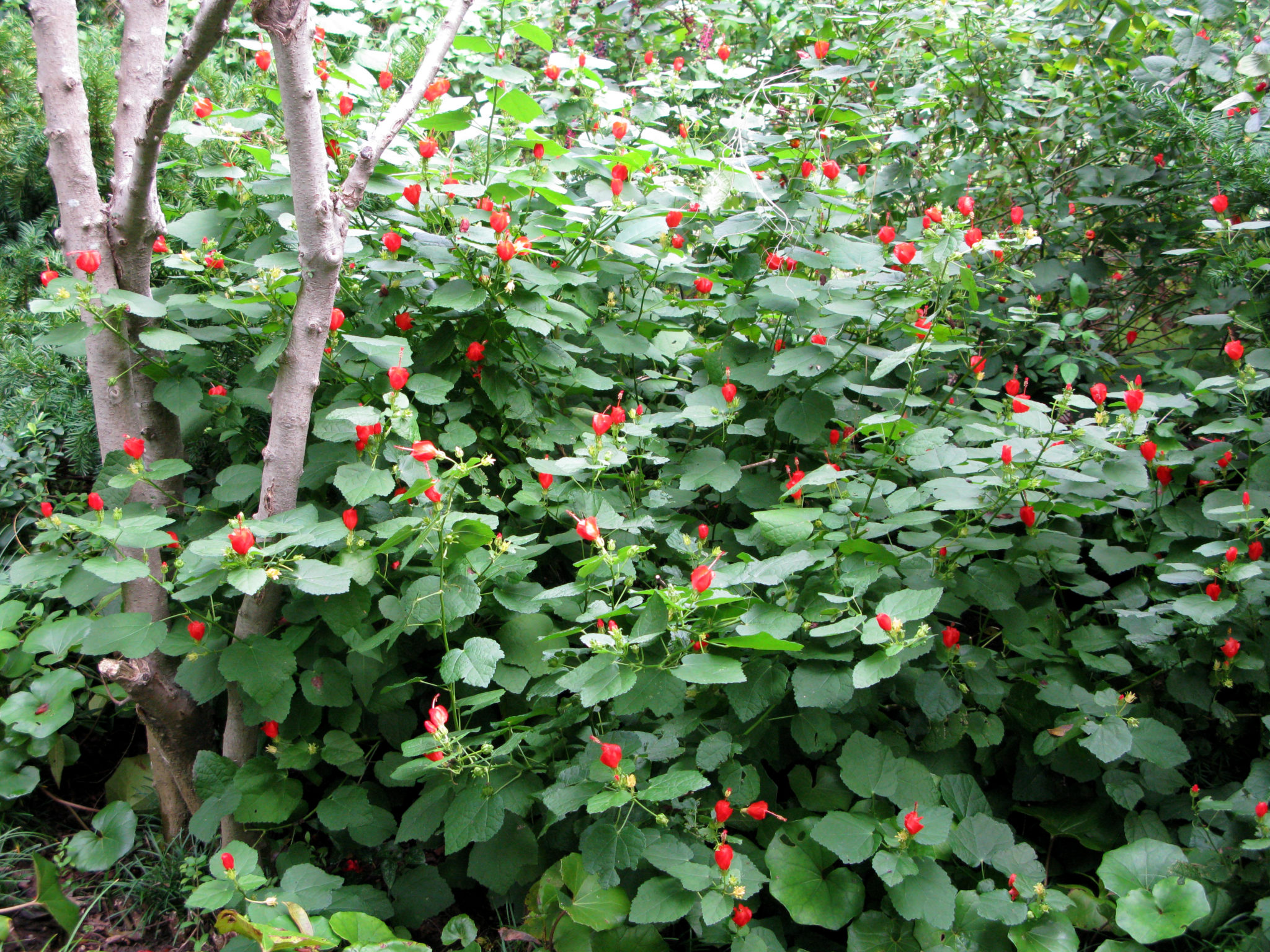
Turk’s Cap
(Malaviscus drummondii)
An indestructible native plant with big bold texture for semi-shady locations or even full sun. Red-orange or pink turban-shaped flowers seem most prolific in the worst heat, when everything else in the garden has fainted. Hummingbirds, bees and fruit-eating mammals love the nectar and fruits (you can eat them, too, if you’re inclined). If you’ve got a black thumb, this is your perennial.

